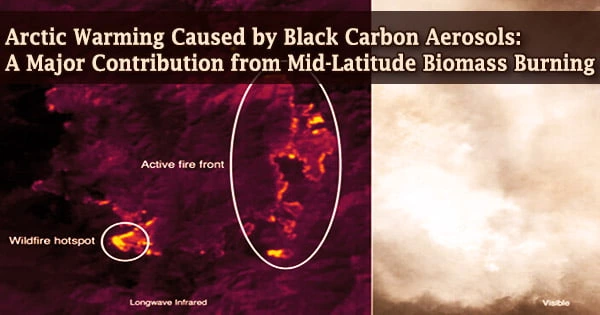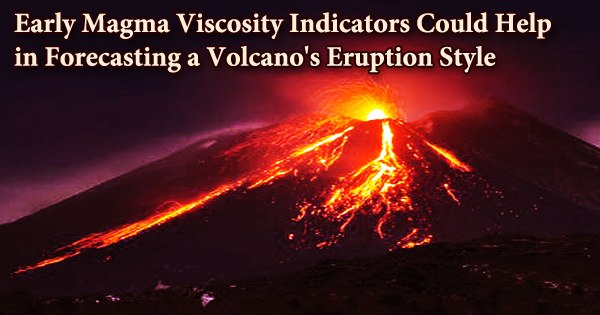A species or collection of organisms with cosmopolitan distribution is spread across a large range of geographic locales, frequently spanning multiple continents or regions. It is the term used in biogeography to describe a taxon’s distribution that spans throughout all (or most) of the planet in appropriate environments; most cosmopolitan organisms are known to be extremely adaptable to a variety of climatic and environmental conditions, though this is not always the case. This pattern of distribution contrasts with endemism, which occurs when a species is restricted to a certain geographic location.
Killer whales (orcas) are among the most well-known cosmopolitan species on the planet, as they maintain several different resident and transient (migratory) populations in every major oceanic body on Earth, from the Arctic Circle to Antarctica and every coastal and open-water region in-between.
As a species, such a taxon (typically a species) is said to have global distribution; for example, the rock dove (often referred to as a ‘pigeon’), which has been kept domestically for millennia, now appears in most urban areas around the world. An endemic (native) species, or one found only in a single geographical place, is the polar opposite of a global species. Endemism frequently results in organisms that have specific adaptations to one climate or region, and the species would likely suffer difficulties if placed in a different environment.
Several factors can contribute to a cosmopolitan distribution:
- Wide Environmental Tolerance: Species with broad environmental tolerances can adapt to a variety of conditions, allowing them to thrive in diverse habitats around the world.
- Long Dispersal Abilities: Some species, such as migrating birds, ocean currents that aid in the movement of marine animals, or wind-dispersed seeds, have mechanisms for long-distance dispersal. This makes it easier for them to colonize new places.
- Human-Mediated Dispersal: Human activities such as trade, travel, and the unintended transmission of species via cargo shipments can all contribute considerably to the worldwide dispersal of particular organisms.
- Ancient Distribution: Some species have been cosmopolitan for a very long time, often extending back to a time when continents were more connected. Certain marine creatures, for example, may have had a global distribution before the continents migrated apart.
Certain microorganisms, insects, birds, and marine animals are examples of cosmopolitan species. However, it is crucial to emphasize that just because a species has a wide distribution does not mean it is found everywhere. Local climatic constraints, dispersion hurdles, and competition with other species can all limit a cosmopolitan species’ actual range within its potential global distribution.
Endangered species outnumber cosmopolitan species by far; one example is the snow leopard, a rare feline species located only in Central Asian mountain regions, an environment the cats have evolved to over millennia.
















